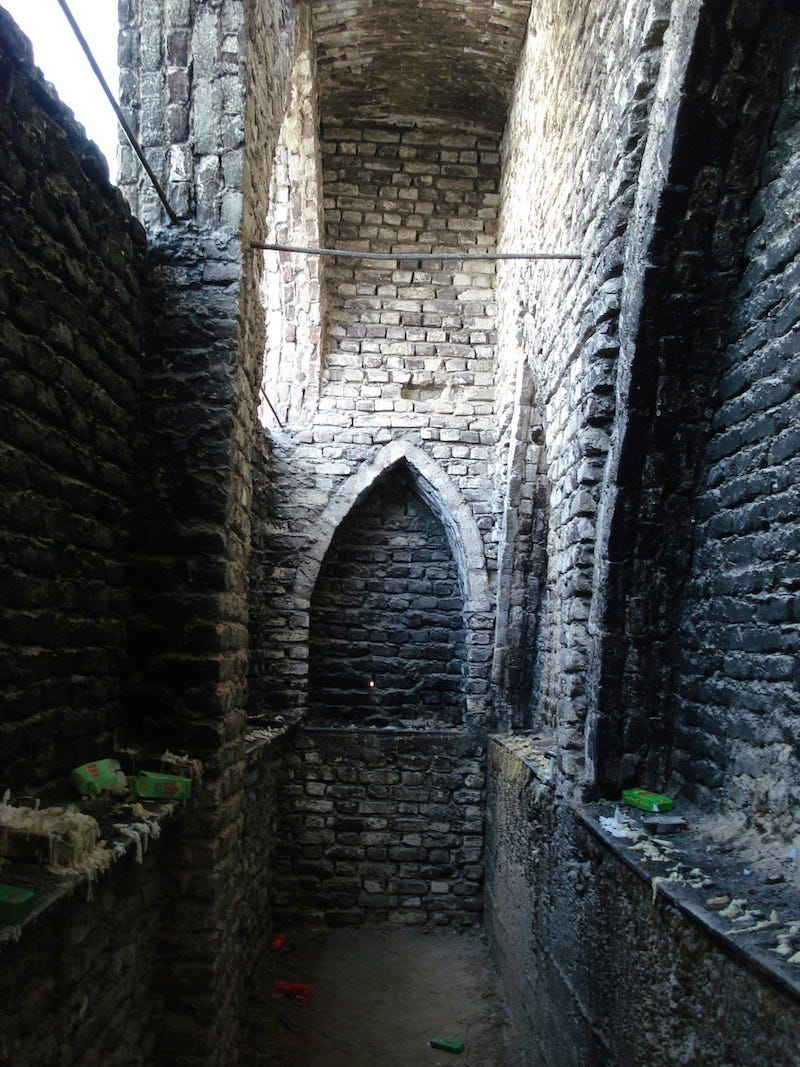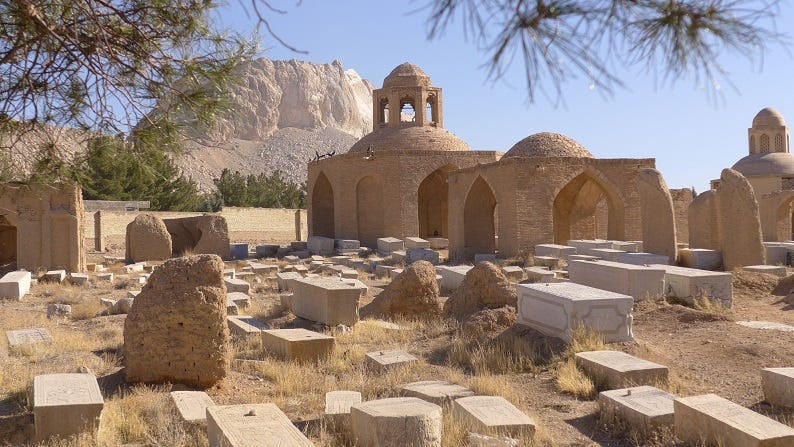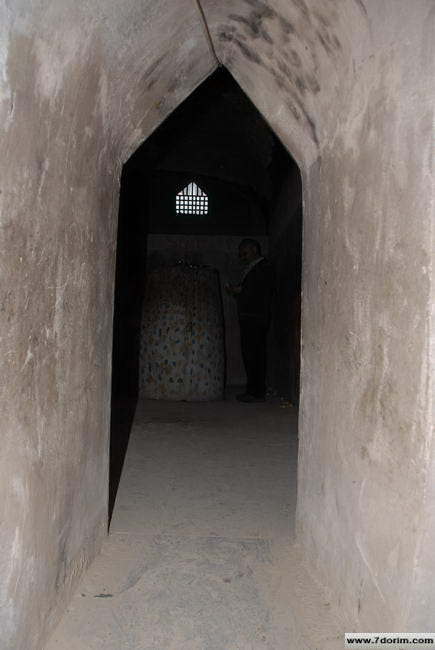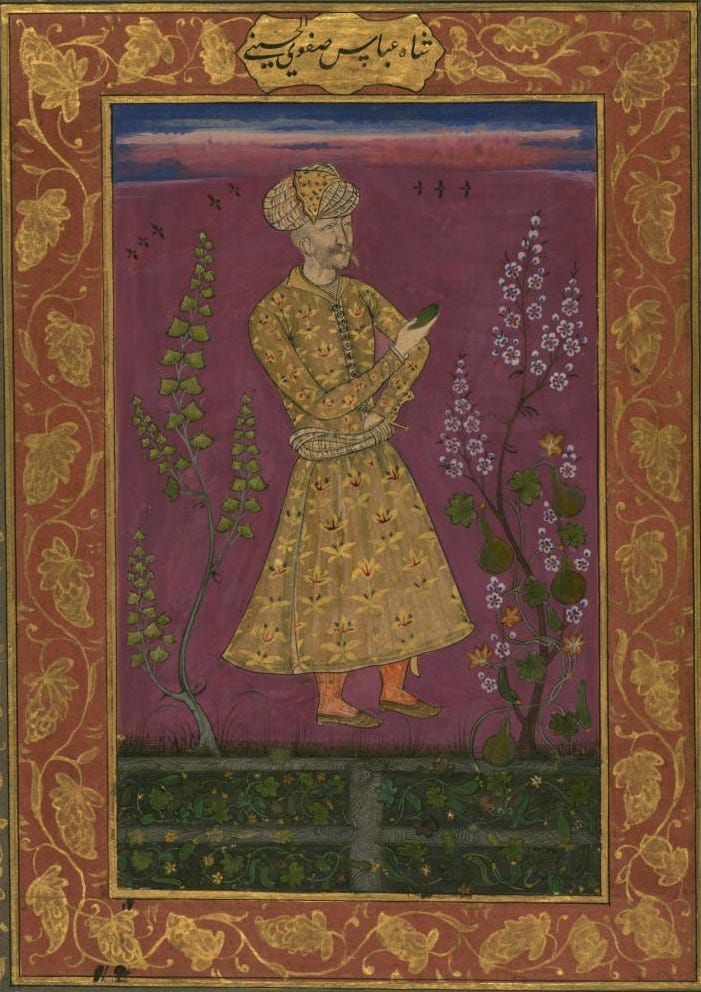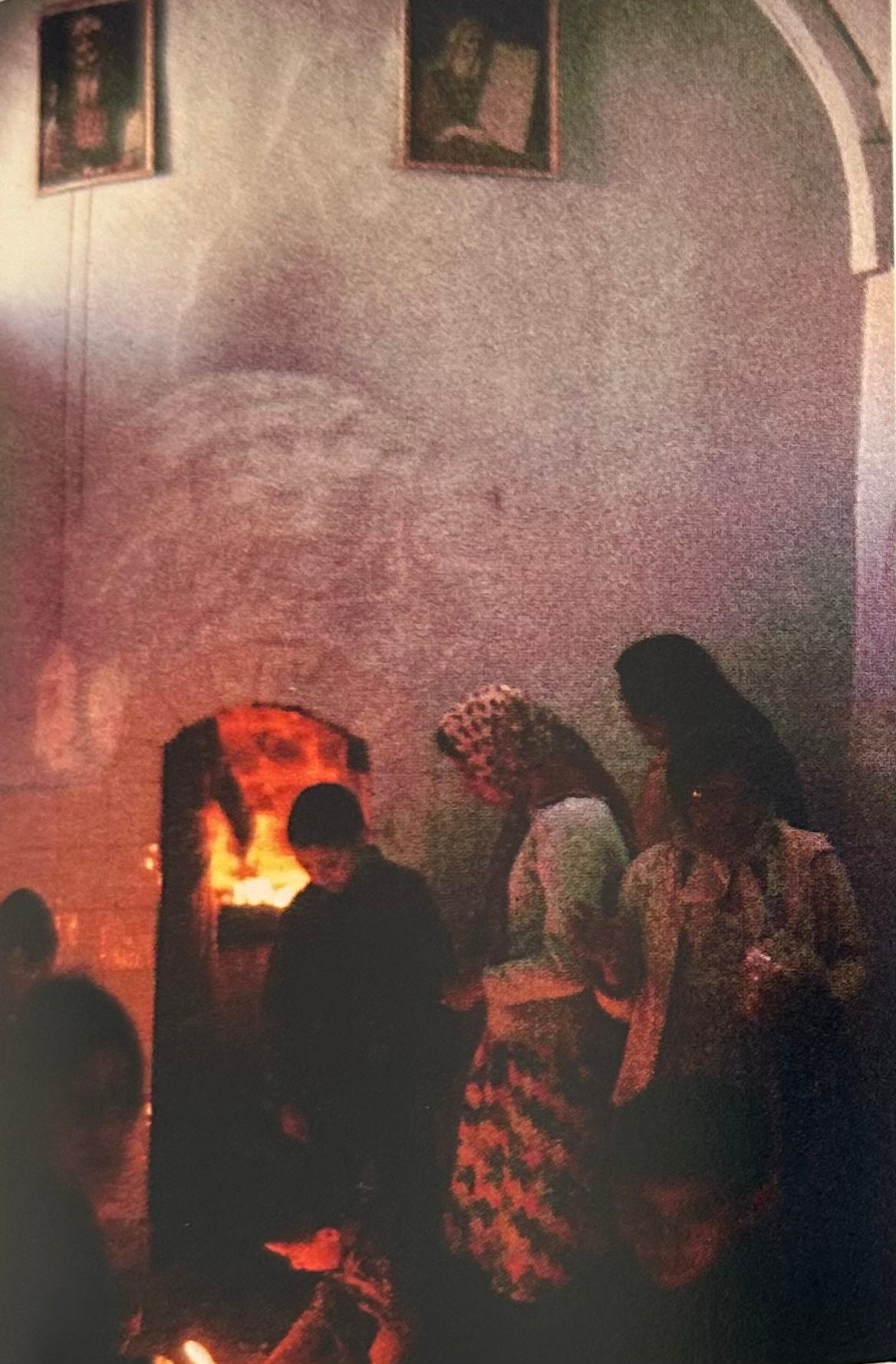Who was Serah Bat Asher?
— Beyond being the daughter of Asher and granddaughter of Yakov, according to Persian Jewish legends, she was the first Jew to step foot in Iran.
In the village of Pir Bakran (formerly Linjan), near Esfahan, lies the tomb of Serah bat Asher, a revered and enigmatic figure in Jewish tradition. For many in Esfahan, this site is also referred to as "Sarah Khatun" or "Esther Khatun," names that honor her as a mystical, eternal presence.
Though Serah's name appears only twice in the Torah, she is mentioned in the Talmud and numerous midrashim. Beyond her unique presence in Jewish texts, she holds special significance within the Jewish community in Esfahan. According to Persian Jewish legends, she is believed to be the first Jew to step foot in Iran and some believe her spirit is still wandering in Pir Bakran—a bridge between heaven and earth.
Origin Story
Serah’s story begins when she is chosen to deliver the news of Joseph's survival to her grandfather Jacob. The task was considered a delicate one, as Jacob had been told by his sons that Joseph had been killed by wolves. Fearing that the shock of the news would overwhelm their father, Serah sings and plays a melody on the lyre for him:
יוסף במצריים, מנשה ואפריים
Yosef beh-mitzraim, Menashe ve Efraim
This translates to, “Joseph is in Egypt and Menashe and Efraim are with him.”
Upon receiving this news, Jacob expresses his gratitude by offering a profound prayer for Serah. He states, “You gave me life again with your beautiful voice, I, therefore, wish that you remain eternal.” According to this tradition, Jacob permits Serah to ascend to heaven alive, a special blessing only given to a few.
Serah according to the sages
Serah continues to appear in midrashim throughout 1,500 years of Jewish history, from the time of Moshe to that of King David. The Midrash describes Serah as a wise and righteous woman— a prophet, healer, and storyteller. She is also said to have been independent of any man (father, brother, or husband). One story in the Talmud recounts how Serah suddenly appears during a teaching by Rabbi Yohanan ben Zakkai. In a discussion with other rabbis about the parting of the Red Sea, Rabbi Zakkai describes it as bushes sprouting from the earth. However, Serah interjects, insisting that the sea looked like a glass wall and that she saw it with her own eyes.
Immortality and Ascension
A popular belief among Persian Jews is that Serah wandered throughout Iran during the rest of her life and settled near Esfahan during the 9th century CE.
During the 12th century, a great fire erupted around the synagogue in Pir Bikran which was located near an ancient cemetery. Serah was in the synagogue at the time of the fire, but when the fire stopped, she was nowhere to be found. Some Jewish scholars claim that Serah never died and she was one of the few allowed to enter Paradise and the Garden of Eden while still alive. Others believe there is a path through the cave that she took back to the land of Israel. This cave later became named Kukulu.
Pilgramage site and cave
The synagogue was rebuilt, and the site became known as "Chelleh-khun," a place where Jews would come to pray for healing and divine favor. Jews typically visited the site at the beginning of the Hebrew month of Elul, staying for forty days after Yom Kippur. The aura surrounding the cave was so potent that even some non-Jews came to pray there, and many pregnant women were observed entering the cave in the hope of divine blessing.
Encounter with Shah Abbas I
The story of Shah Abbas I’s encounter with Serah is preserved in the writings of Babai ben Lotf, a Jewish writer from the 17th century. According to this tale, Shah Abbas was out hunting when he spots a deer and begins to chase it. He chases the deer into the Kukulu cave where the deer disappears and Serah appears.
Serah threatened the Shah that if he did not rescind a decree he had enacted forcing the Jews to wear humiliating headgear, he would never leave the cave. The Shah agreed and the cave opened. This encounter is particularly striking, as Shah Abbas I was notorious for the severe oppression he inflicted on the Jews, including forced conversions and persecutions.
Mystic and healer
Serah became known not only as a guardian of the Jewish people but as a teacher of mystical wisdom, particularly to women.
One story from the Israel Folktale Archives recounts the healing of a blind boy named Haim from Esfahan. When physicians could not succeed in bringing back his eyesight, Haim sought Serah’s presence. He went to her grave, prostrated himself, and prayed for the restoration of his sight. That night, Serah appeared to him in a dream, bringing him good news: not only would his sight be restored, but his spiritual sight—the understanding of Torah—would be his to claim. Haim would grow into a learned scholar and become known as the famous Mullah Haim Roshan, the "Blind" preacher from Esfahan.
Sources:
Houman M. Sarshar, ed. Esther's Children: A Portrait of Iranian Jews
http://archive.diarna.org/site/detail/public/774/
http://al-qanaa.blogspot.com/2009/01/pir-bakran.html
https://www.7dorim.com/en/pictures/serah-bat-asher-2/
https://jewishmonsterhunting.com/2020/01/19/serah-bat-asher-iii-serah-in-exile-or-the-death-of-serah/




